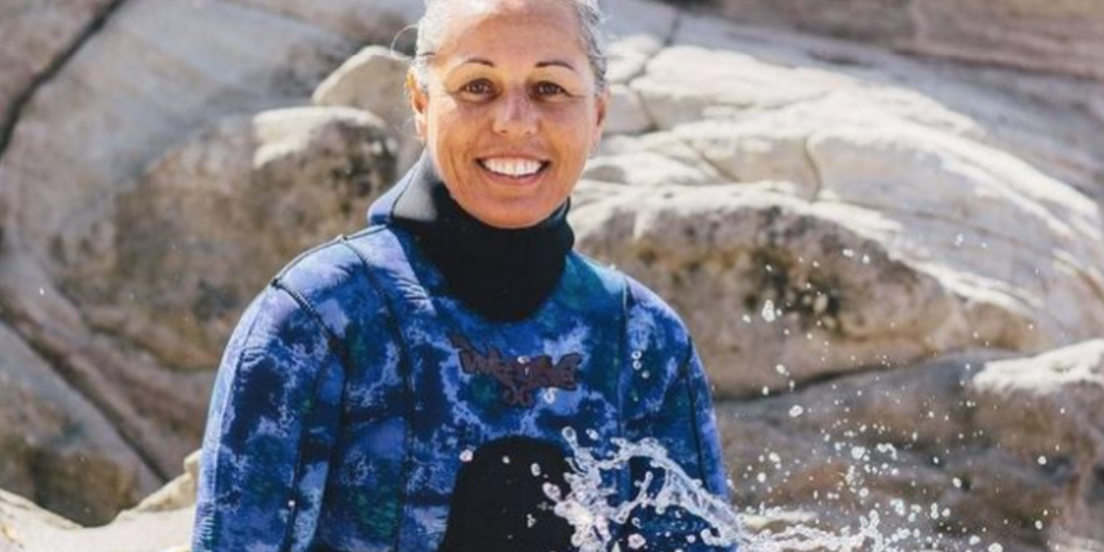Associate Professor Kura Paul-Burke blends western science with mātauranga Māori to help coastal communities manage marine taonga.
Shellfish such as mussels indicate the health of our coastal environments and are a valued food source. In Ohiwa Harbour, Paul-Burke used local understanding of natural signs – ngā tohu o te taiao – and maramataka (the Māori lunar calendar) to complement western tools and support a co-developed management plan to revive and sustain the area’s mussel population. Her methodologies – along with techniques such as taura whiri (use of spat lines woven from harakeke, ti kouka or kiekie fibre instead of plastic) – are being eagerly adopted by scientists and iwi in other regions, normalising mātauranga Māori in marine science, empowering iwi, and delivering tangible environmental, cultural and social gains.
Assoc Prof Kura Paul-Burke
Reading the signs
2021 Waikato Regional Council Environmental Award Finalist
2021 University of Waikato Vision Mātauranga Science Award Finalist
Associate Professor Kura Paul-Burke blends western science with mātauranga Māori to help coastal communities manage marine taonga.
Using local understanding of natural signs – ngā tohu o te taiao – and maramataka (the Māori lunar calendar) to complement western tools, Associate Professor Paul-Burke facilitates co-developed management plans to revive and sustain important species, such as shellfish in Ohiwa Harbour and tuna (eel) in the Rangitikei River Catchment. Her methodologies – along with techniques such as taura whiri (spat lines woven from plant fibre instead of plastic) – are being eagerly adopted by scientists and iwi in other regions, normalising mātauranga Māori in marine science, empowering iwi, and delivering tangible environmental, cultural and social gains.
2020 University of Waikato Vision Mātauranga Science Award Finalist
Associate Professor Kura Paul-Burke blends western science with mātauranga Māori to help coastal communities manage marine taonga.
Shellfish such as mussels indicate the health of our coastal environments and are a valued food source. In Ohiwa Harbour, Paul-Burke used local understanding of natural signs – ngā tohu o te taiao – and maramataka (the Māori lunar calendar) to complement western tools and support a co-developed management plan to revive and sustain the area’s mussel population. Her methodologies – along with techniques such as taura whiri (use of spat lines woven from harakeke, ti kouka or kiekie fibre instead of plastic) – are being eagerly adopted by scientists and iwi in other regions, normalising mātauranga Māori in marine science, empowering iwi, and delivering tangible environmental, cultural and social gains.





